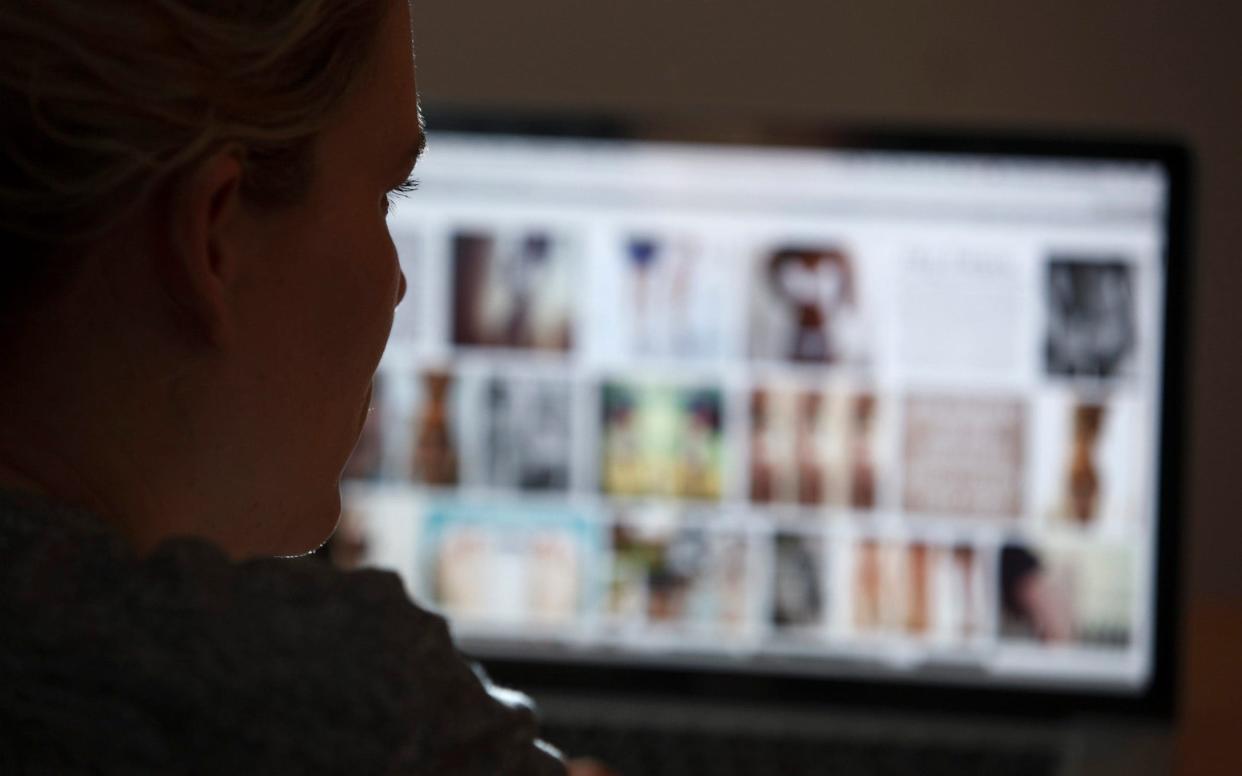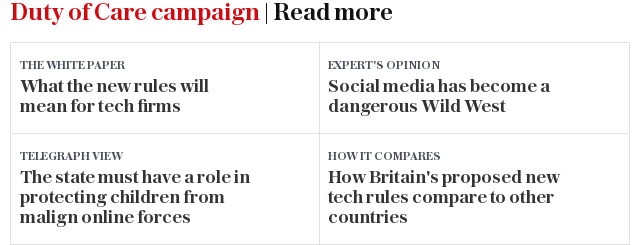Anorexia overtakes cyberbullying as top source of online concern among ten to 16 year olds

Eating disorders have overtaken cyberbullying as the top source of online concern among ten to 16 year olds, a study has revealed.
Almost three in ten (29%) said they had viewed content encouraging anorexia compared with 22 per cent who cited cyberbullying, according to the survey of almost 2,000 children.
While figures for cyberbullying have remained virtually static since 2014, those for eating disorders have risen from 21 per cent, according to the research by Youthworks Consulting which works with schools and councils.
The data also shows the number viewing pro-anorexia sites increases dramatically through the teenage years, from 22 per cent of 12 year olds to 44 per cent of 15 year olds.
Experts said the explosion in photo-based online platforms had led to children becoming even more conscious of their bodies and given them access to image-sharing sites where users often “compete” to be the thinnest.
A study by Syracuse University in the US showed there were 3.4 million images and posts under terms “anorexia” or “thinspiration” in the past year, including 13,700 on Facebook, 2.1m on Twitter and 560,000 on Instagram.
Dr Agnes Ayton, chair of the Royal College of Psychiatrists eating disorders faculty, said the numbers treated for eating disorders at her own NHS trust covering three counties had risen from 250 to 400 since 2013, which was the “tip of the iceberg” as these were “severely ill” people.
“There is a strong competitive element to this, particularly in anorexia and also the male version of focusing on muscularity. There is the technology now to share those images that would not have been available 10 or 15 years ago,” said Dr Ayton.

“Sometimes the patients say that when they see emaciated images, it makes them feel that they are not thin enough, which is a curious feature of anorexia. We don’t have any other illness where patients report comparing their bodies to others. That can make the problem worse.”
As social media and internet usage has grown, so have the number of hospital admissions for potentially life-threatening eating disorders, doubling from 7,260 in 2010/11 to 16,023 in the year to April 2018.
Facebook and its sister service Instagram last week pledged to ban images of rib cages, concave stomachs and "thigh gaps" that glamorise eating disorders after pressure from charities and campaigners.
However, Jennifer Grygiel, a social media expert and assistant professor at Syracuse University, who exposed the extent of pro-anorexia online, said algorithms that weeded out images were not enough and the companies needed to increase the number of human moderators.
“People get round these content filters by introducing tiny changes to the hashtags. That means the companies need to be more proactive. We need more human content moderators,” said Ms Grygiel.
The Daily Telegraph has campaigned for a statutory duty of care to be imposed on the tech giants requiring them to do more to protect children against online harms. It is a model that was adopted in the Government’s White Paper on online harms in April.

 Yahoo News
Yahoo News 
